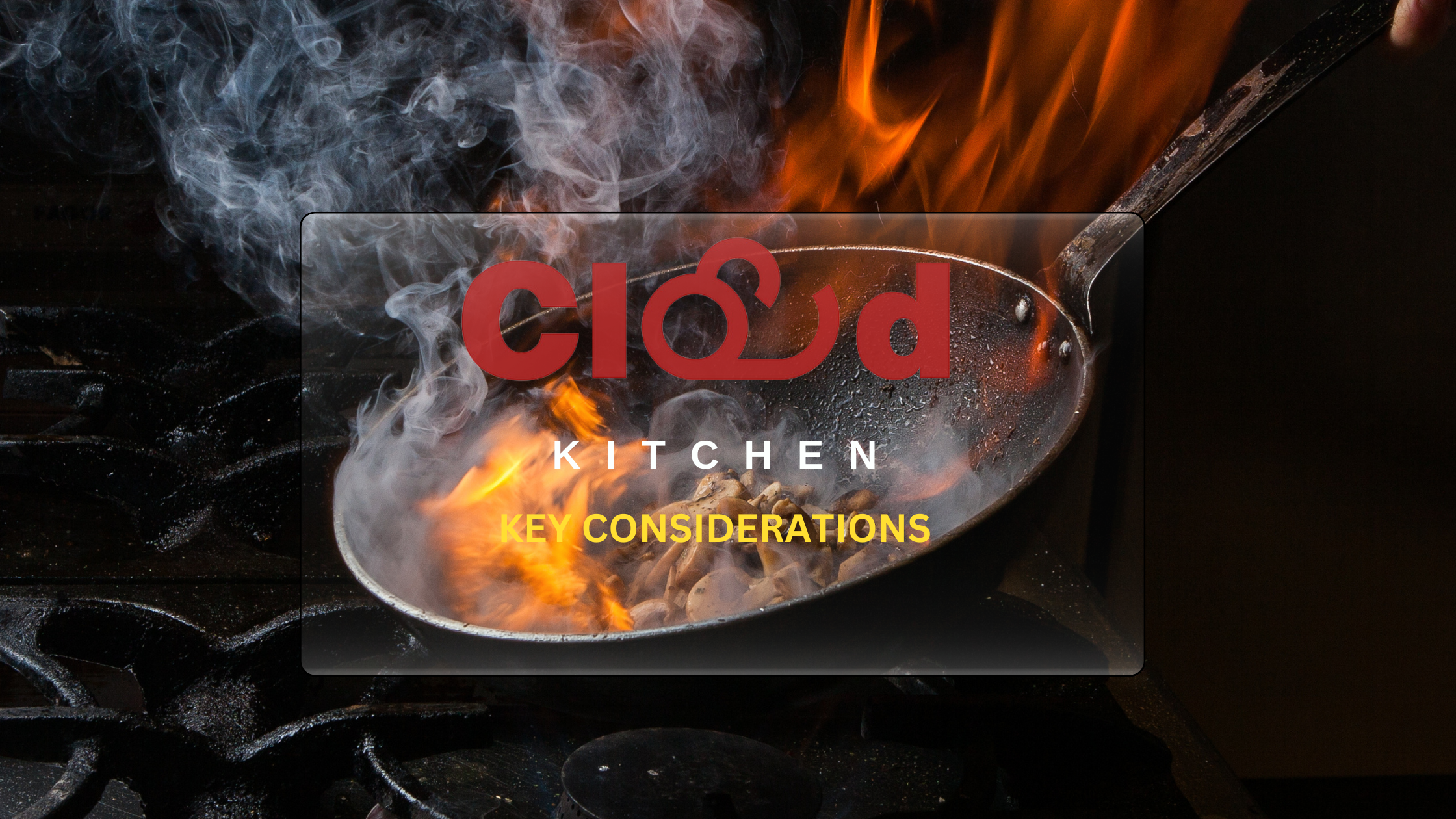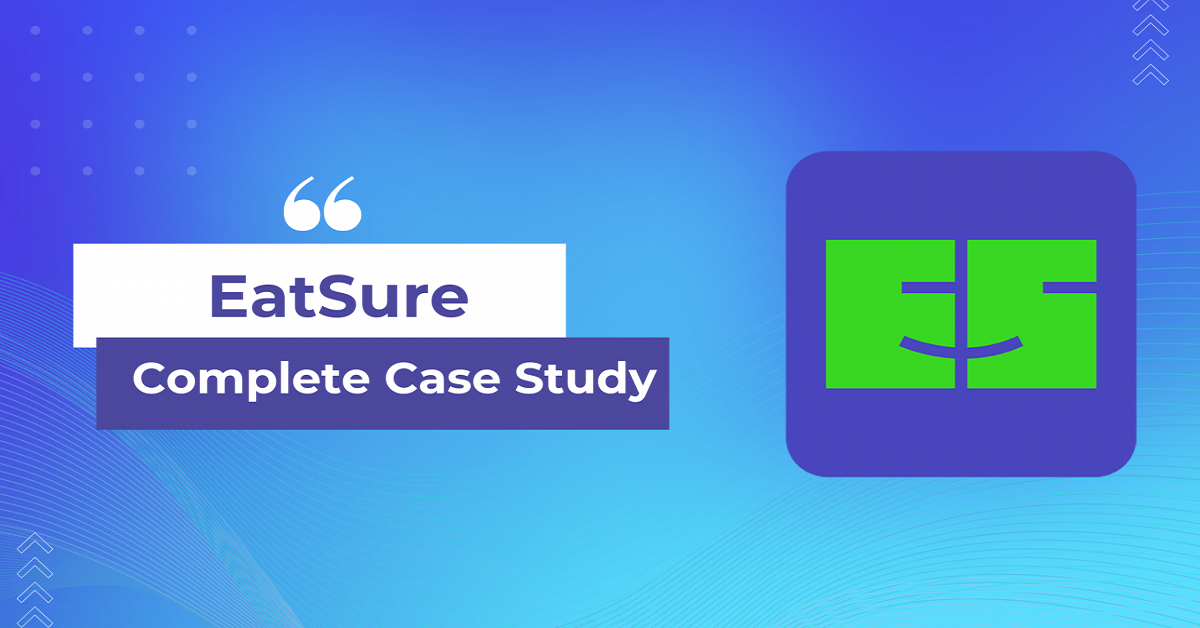Building an App Like Zomato: Unveiling the Business and Revenue Model

Quick Summary: The need for on-demand food delivery apps is on the rise. With various brands entering the market, keeping up with customer demands has become challenging. But brands like Zomato have succeeded with their exceptional services. Do you want to build an app like Zomato that makes it easy and quick for its users to place their orders? Read the blog to understand Zomato’s business model and how it makes money.
Food delivery apps have become a popular business model. Not just the urban cities, but its presence can be seen even in the rural areas. Seeing its potential, several companies have tried their luck with on-demand food delivery apps.
One such name is Zomato. Founded in 2008 as FoodieBay, the brand provides services in around 20 countries. Over the 15 years, Zomato has built its reputation and various startups look forward towards building an app like Zomato. Are you also one of the entrepreneurs wanting to enter the online food industry with a robust food delivery app like Zomato?
Before you begin with it, you need to get answers to the following questions:
- What is Zomato’s business model?
- What is Zomato’s revenue model?
- How does Zomato work?
Once you have the detailed answers to the above questions, creating an app like Zomato and getting started with food delivery services will be easier and quicker. This blog is aimed to provide you with a clear picture of Zomato. From understanding the business model to its revenue methods and working, you will know everything about the app by the end of this blog.
Let us start with a little history of this on-demand food delivery app.
Table of Contents
Zomato History- When and How The App Was Launched?
In 2008, Zomato was founded as FoodieBay by Deepinder Goyal and Pankaj Chaddah. The website started as a restaurant-listing and recommendation portal. The founders renamed it to Zomato in 2010 to avoid name conflict with eBay and also because they were unsure if they would only stick with the food services.
In 2011, Zomato expanded across various states in India. In the following years, it extended its services to other countries, including UAE, Sri Lanka, Qatar, the UK, and many more. In 2017, Zomato acquired UberEats in India, making it the largest food delivery company in the world.
In 2020, it went public on the National Stock Exchange of India, and this IPO turned out to be one of the most successful in Indian history.
The app works towards connecting customers, restaurants, and delivery partners to fulfill their multiple needs. Users can quickly locate their favorite restaurants nearby and place their orders whenever they want.
Further, in August 2022, Zomato acquired the quick commerce company Blinkit along with its warehousing and ancillary services business for the value amount of Rs. 4,447 crores.
Is Zomato profitable? The section below will give you a glance at how much money Zomato makes.
How Much Does Zomato Food Delivery App Earn?
Since its launch, Zomato has made significant profits by providing a seamless experience to its users. It targets the audience aged between 18–35 years. As of March 2023, Zomato had 80 million active users on its app.

Source: Statista
It provides its on-demand food delivery services in over 20 countries and 3200+ cities. Further, Zomato has made a noticeable revenue with its services. As of FY23, it made a revenue of US$890 million.

Source: Zomato
It gets a lot of its traffic from its website. The Zomato website had a total of 11.9 million visits in July 2023. Due to its market dominance, various revenue streams, and strong partner ecosystem, Zomato has been able to make good revenue.
Therefore, building an app like Zomato can guarantee your brand to earn good returns on investment.
Zomato Revenue Model-How It Makes Money?
How is Zomato able to make so much money with its services? Firstly, it doesn’t follow just one revenue model. Secondly, each model evolves over time as the company adapts to market conditions and introduces new services and offerings. Below are the revenue models followed by Zomato.
1. Commission Fees
It is one of the most used revenue models, followed by all popular on-demand food delivery apps. Zomato earns money by charging fees to restaurants to provide them with a platform to receive orders. So for each order that is placed on the app, Zomato gets a particular commission for it.
2. Delivery Charges
Another way of making money through the app is the delivery charges model. Zomato charges a certain delivery fee for each order based on the area and distance to be covered. As per The Economics Times, Zomato has been charging 18%-25% per order for deliveries for the past two years.
3. Advertising and Promotions
Advertising and promotions are another way Zomato makes money. It lets restaurants advertise and promote their food and services on the app through sponsored listings, banner ads, and other promotional placements. These ad methods help Zomato generate good revenue.
4. Zomato Gold
Zomato Gold is a subscription-based program offered through the app. Once the users buy the plan, they get special discounts and benefits. Zomato charges a recurring fee for users to subscribe to the membership.
Zomato Business Model- How the App Works?
For any food delivery app to ensure a seamless experience for its users, its working and ordering should be easy and quick. Zomato provides an engaging UI/UX and easy navigation to let its users order their favorite food.
1. Register and Log In
To use the app, users first download the app and make an account by filling in some necessary details like name, phone number, and address. With Zomato, they can also register using their social media account. Once they sign up, users can then log in to the app to enjoy all its features and functionalities.
2. Restaurant and Dish Discovery
Users can then use a search filter to look for nearby restaurants. Once they run the inquiry, it shows all the outlets nearby. It also provides filter and sorting options to refine the search. For example, customers can locate places based on cuisine type, price range, or availability of amenities like outdoor seating.
3. Place the Food Order
Now that the customers have found the eatery outlet, it’s time to place the order. Users can go through the menu along with the photos uploaded by the owners. They can then choose the dish along with the quantity and add it to the cart. The app also allows them to add any cooking instructions for the food. Once the order is added to the cart, buyers can see the total pricing, food cost, taxes, and delivery charges. Users can complete the order using several payment methods like wallet, cash on delivery, credit/debit card, UPI ID, etc.
4. Real-Time Order Tracking
Zomato keeps its food lovers updated with their orders every minute. They can see whether their order is accepted or not. The status is updated when the restaurant begins order processing and if they have accepted their cooking instructions. Customers get an update through notification once a delivery partner is assigned for the order. It also sends notifications when the order is on the way, along with its estimated delivery time and live tracking.
5. The Order is Delivered
After the order is prepared and packed, the assigned delivery partner safely delivers the food order to the set address. Zomato enhances its services through Zomato Gold as it lets its members earn discounts and enjoy prior services compared to others. Once the order is completed, users can provide feedback, ratings, and reviews for the services and the food.
This easy working of Zomato provides an excellent user experience, ensuring that each customer enjoys their food without any worries. The food delivery app also provides options for order pickup and table reservations for the target audience that wants to enjoy their food outside their homes.
You now know how exactly the app works, but do you know why people love it so much?
How Zomato Attracts Its Target Audience?
Zomato has millions of users placing food orders through its app. How does it do that? Well, it uses a number of marketing strategies to gain the attention of its target audience, ensuring that they buy their services and keep coming back to enjoy more. Below are some ways that help Zomato bring in more customers.
1. Extensive Restaurant Database
Zomato has an extensive database of eatery places, providing its users with a large variety of options to choose from. It further encourages users to explore various cuisines and try new dining and delivery experiences.
2. Discounts and Offers
The app regularly provides discounts, offers, and promotional deals to gain customers. It includes discounts on specific orders, cashback, special combos, and so on.
3. Loyalty Programs
Zomato has launched loyalty programs, such as loyalty points or membership schemes, where regular consumers can earn incentives or take advantage of amazing benefits. These initiatives encourage customers to use Zomato frequently, resulting in repeat business and client retention.
4. Personalized Recommendations
Zomato uses algorithms to generate tailored user recommendations based on their tastes, previous purchases, and browsing history. It improves the user experience and raises platform engagement by recommending appropriate eateries and cuisines.
5. Social Media Presence
Zomato is very active on social media sites like Twitter, Facebook, and Instagram. They take advantage of social platforms to share advertising efforts, highlight restaurant experiences, and interact with customers. This social media presence helps bring in new clients and keep hold of current ones.
These strategies can help your on-demand food delivery business gain and retain customers and bring in the desired sales.
👉 So, are you ready to build an app like Zomato? Contact us now to discuss the process.
Launch Your App Like Zomato With ValueAppz
Want to grow your online food delivery business? Developing an app like Zomato can give your brand a boost in the market. For this, you need a team of experts who have gained valuable experience in the field.
ValueAppz is a pioneering food delivery app development services. We have proven our skills by building various on-demand delivery apps that are running successfully in specific industries. Our solutions are budget-friendly and 100% customizable as per the client’s needs.
Contact our team now, and let’s discuss your idea of a food delivery app.
Key Takeaways
- Zomato, founded as FoodieBay in 2008, has gained a lot of popularity across various countries and cities.
- Entrepreneurs wishing to create an app like Zomato should understand its business model, revenue sources, and how it works.
- Zomato follows several revenue models like commission, delivery fee, and subscription to earn profits.
- The app provides an intuitive UI/UX for users to place quick orders and get them delivered on time.
- When developing an app like Zomato, make sure that you keep the food ordering process simple, just like the brand itself.
- The cost of building a food delivery app like Zomato can range between $15,000-$60,000.
Frequently Asked Questions:
Q1. How does the Zomato business model work?
Zomato has partnered with several restaurants who further provide their services through the app. It connects users with these eatery places and earns revenue through ads, delivery fees, and commissions from partner restaurants.
Q2. How do restaurants benefit from Zomato?
Restaurants can increase their visibility and attract more customers with the help of Zomato. It allows them to broaden their customer base and streamline business operations.
Q3. How does Zomato use business analytics?
Zomato uses business analytics to collect and analyze data for their user preferences, order partners, and restaurant performance. The data further helps them make practical decisions to enhance user experience.
Q4. How much does it cost to build an app like Zomato?
The cost to build a food delivery app like Zomato can vary between $15,000-$60,000. This cost can further vary based on factors like app complexity, customization, number of features, and so on.
Q5. How does Zomato ensure data security for users and restaurants?
Zomato ensures the data security of its users and restaurants by using encryption technologies, implementing strict access controls, and conducting regular security audits.
THE AUTHOR
Amrita Singh
With a background in Digital Marketing spanning over five years, I bring a unique perspective to my writing and have developed a keen understanding of the ever-evolving digital landscape. I focus on creating content that is relevant and easy to understand.

Get ready to digitally transform your business.
Let our team help take your business to the next level. Contact us today to get started on finding the perfect solutions for your business needs.








